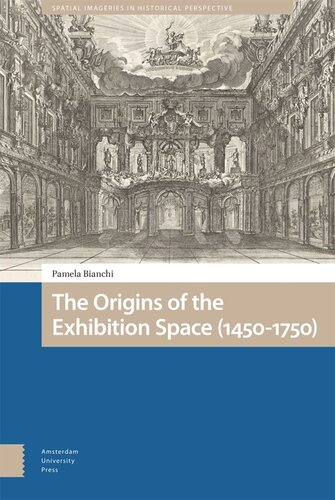

Most ebook files are in PDF format, so you can easily read them using various software such as Foxit Reader or directly on the Google Chrome browser.
Some ebook files are released by publishers in other formats such as .awz, .mobi, .epub, .fb2, etc. You may need to install specific software to read these formats on mobile/PC, such as Calibre.
Please read the tutorial at this link: https://ebookbell.com/faq
We offer FREE conversion to the popular formats you request; however, this may take some time. Therefore, right after payment, please email us, and we will try to provide the service as quickly as possible.
For some exceptional file formats or broken links (if any), please refrain from opening any disputes. Instead, email us first, and we will try to assist within a maximum of 6 hours.
EbookBell Team

4.1
10 reviewsBefore the first purpose-designed exhibition spaces and painting exhibitions emerged, showing art was mainly related to the habit of dressing up spaces for political commemorations, religious festivals, and marketing strategies. Palaces, cloisters, façades, squares, and shops became temporary and privileged venues for art display, where sociability was performed, and the idea of exhibition developed. >cite>What were those places and events? What aesthetic, cultural, social and political discourses intersected with the early idea of exhibition space? How did displaying art shape a new vocabulary within these events, and conversely, how have these occasions conditioned exhibiting practices? This book traces the origins of the exhibition space by studying its visual and written imagery in the early modern period. It reconsiders events and habits that contributed to shaping the imagery of the exhibition space, and to defining exhibition-making practices, exploring micro-histories and long-term changes.